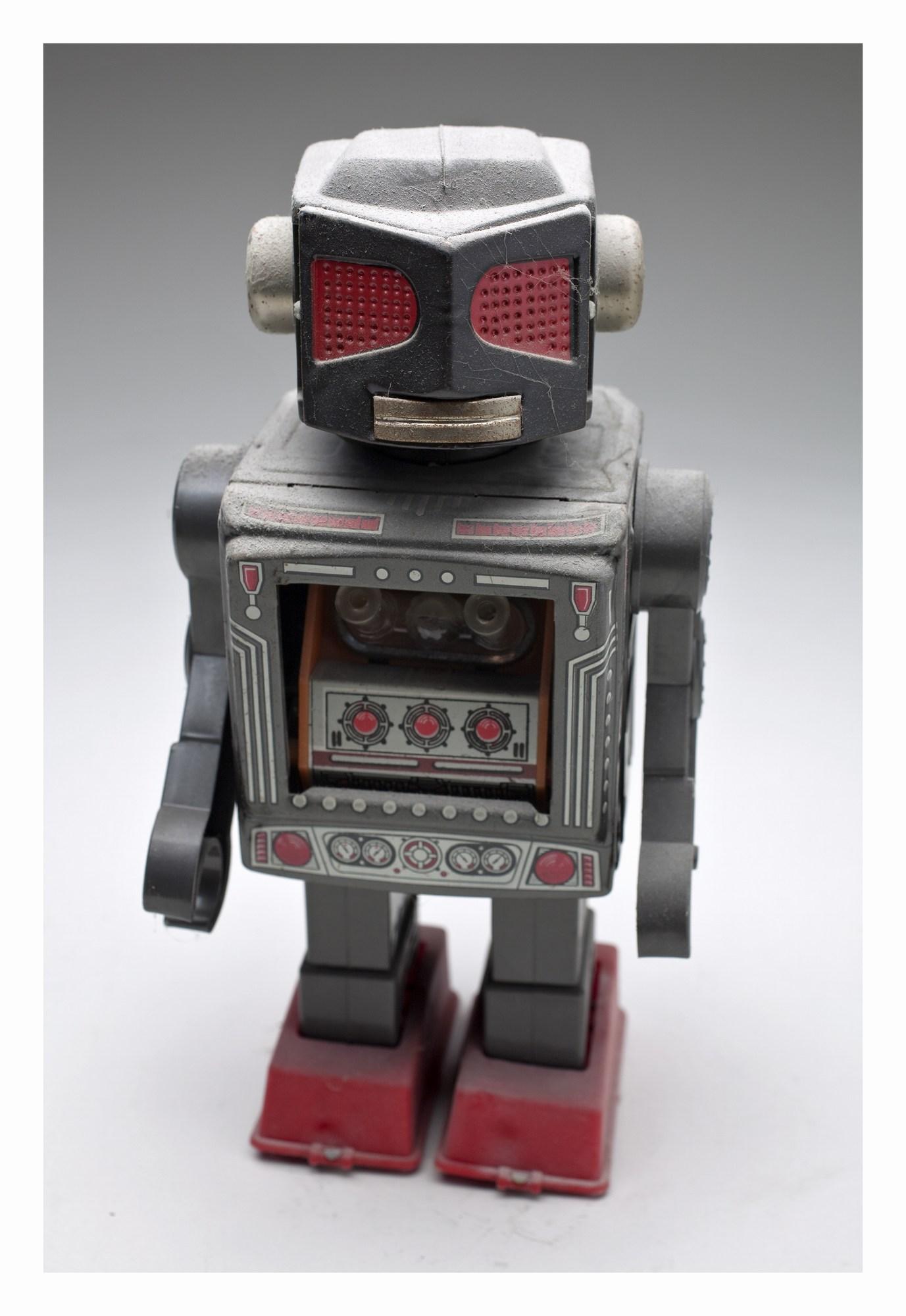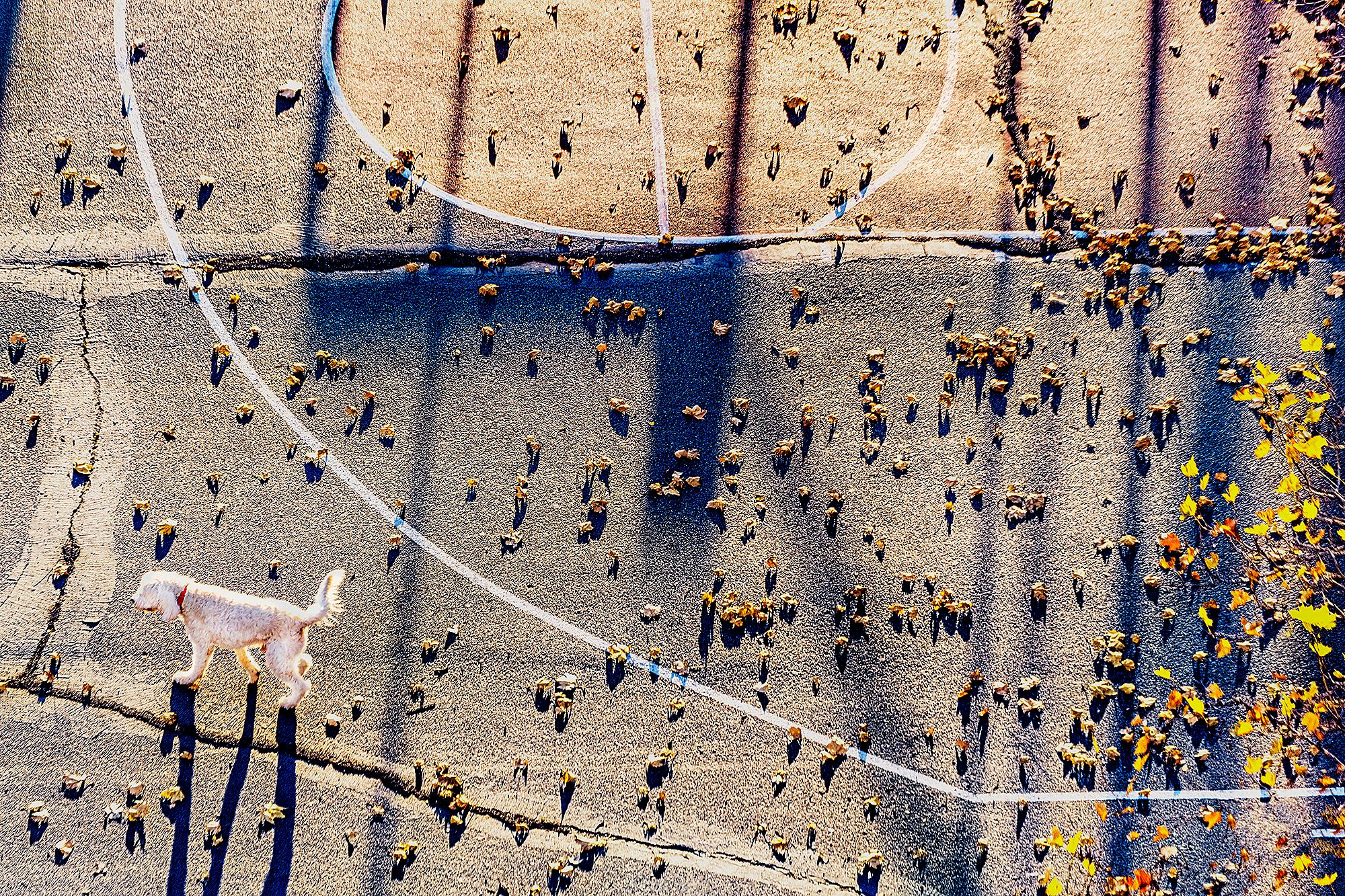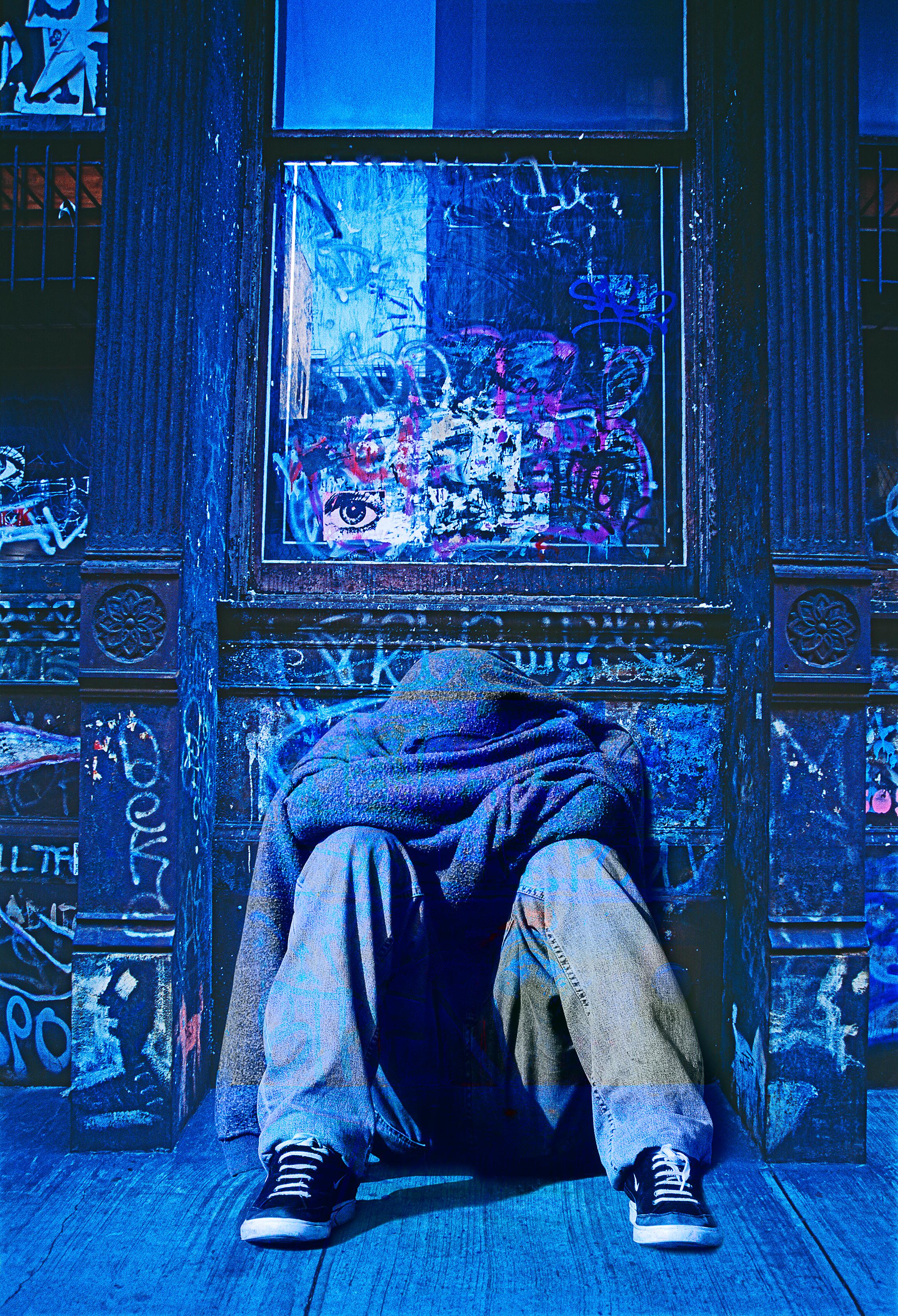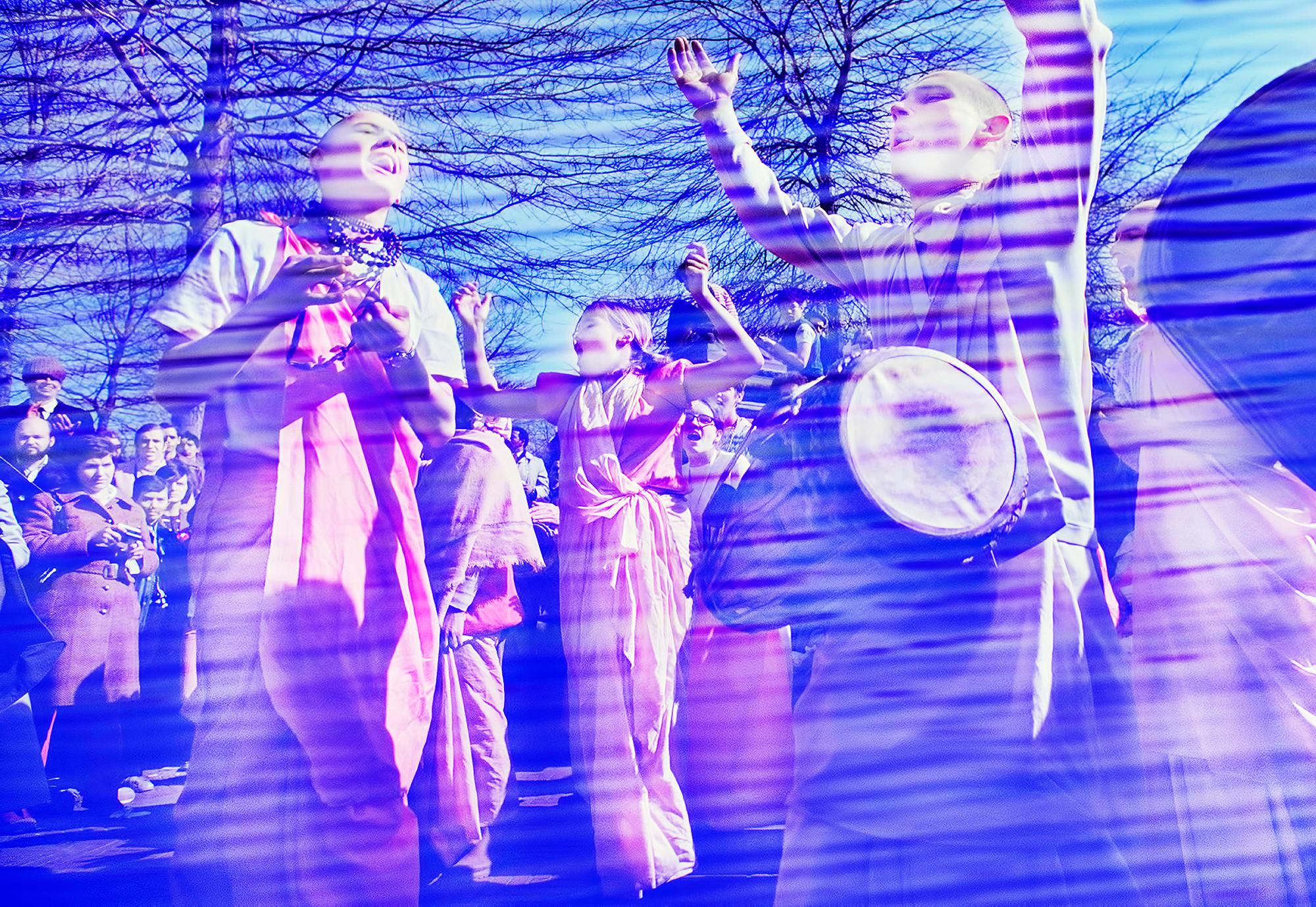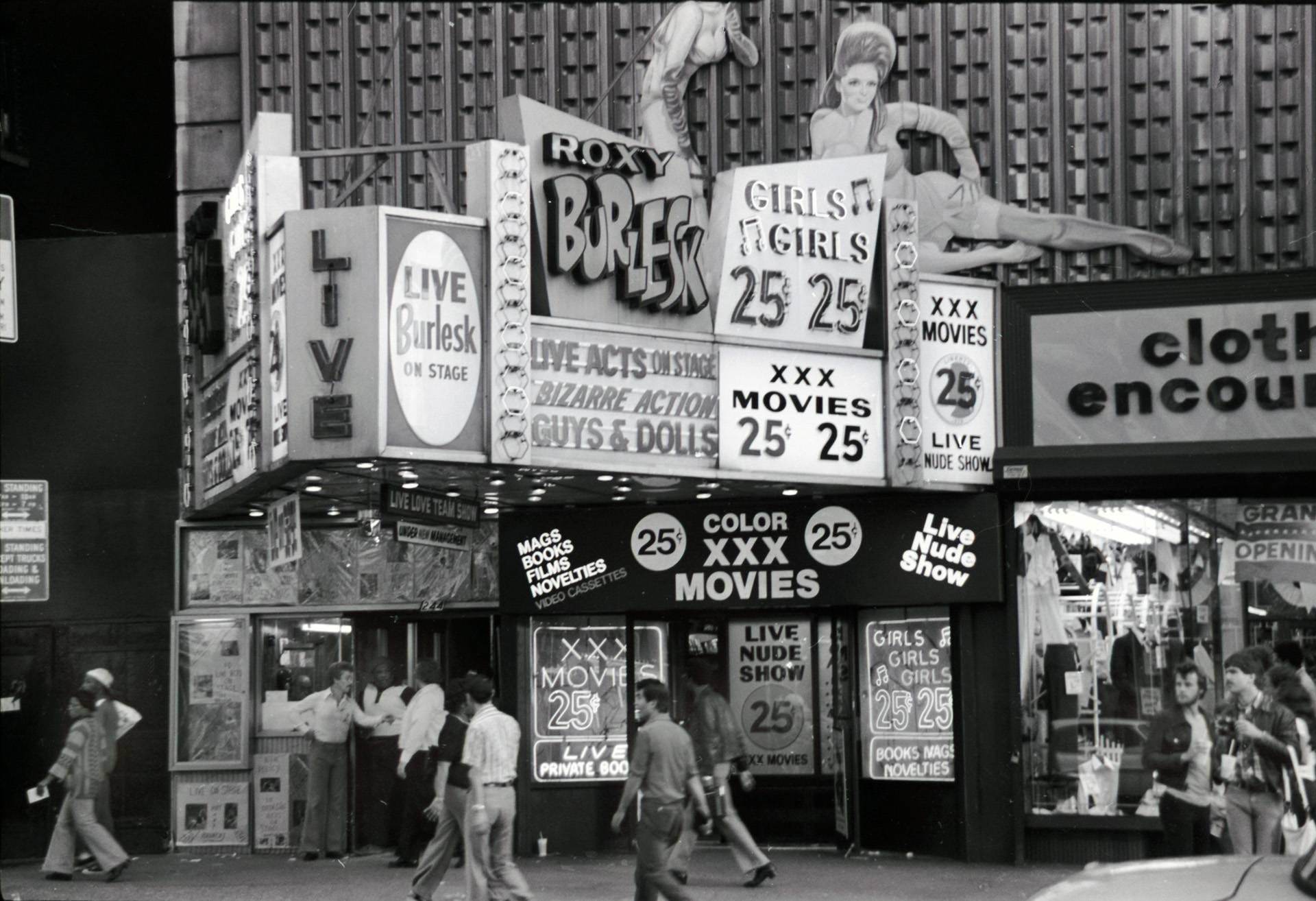Items Similar to Untitled (from ROBOTNICS Series)
Want more images or videos?
Request additional images or videos from the seller
1 of 10
Christian RothmannUntitled (from ROBOTNICS Series)2019
2019
About the Item
Christian Rothmann
ROBOTNICS Series
C-Print
2019
Edition S (Edition of 10)
12 x 8.3 inches (30.5 x 21 cm)
Signed, dated and numbered verso
Other Edition Sizes available:
- Edition M (Edition of 6) 35.4 x 23.6 inches (90 x 60 cm)
- Edition L (Edition of 6) 47.2 x 31.5 inches (120 x 80 cm)
- Edition XL (Edition of 3) 88.8 x 58.8 inches (225 x 150 cm)
PUR - Price Upon Request
--------------
Since 1979 Christian Rothmann had more than 40 solo and 80 group exhibitions worldwide.
Christian Rothmann had guest lectures, residencies, art fairs and biennials in Europe, Japan, USA, Australia and Korea.
Christian Rothmann (born 1954 in Kędzierzyn, Poland ) is a painter, photographer, and graphic artist.
In 1976 he first studied at the “Hochschule für Gestaltung” in Offenbach, Germany and moved to Berlin in 1977, where he graduated in 1983 at the “Hochschule der Künste”. From 1983 to 1995 he taught at the university as a lecturer and as an artist with a focus on screenprinting and American art history. To date, a versatile body of work has been created, which includes not only paintings but also long-standing photo projects, videos, and public art.
Guest lectures, teaching assignments, scholarships and exhibitions regularly lead Rothmann to travel home and abroad.
------------------------
Rothmann's Robots
These creatures date back to another era, and they connect the past and the future. They were found by Christian Rothmann, a Berlin artist, collector and traveler through time and the world: In shops in Germany and Japan, Israel and America, his keen eye picks out objects cast aside by previous generations, but which lend themselves to his own work. In a similar way, he came across a stash of historic toy robots of varied provenance collected by a Berlin gallery owner many years ago. Most of them were screwed and riveted together in the 1960s and 70s by Metal House, a Japanese company that still exists today. In systematically photographing these humanoids made of tin - and later plastic - Rothmann is paraphrasing the idea of appropriation art. Unknown names designed and made the toys, which some five decades on, Rothmann depicts and emblematizes in his extensive photo sequence.
In their photographs of Selim Varol's vast toy collection, his German colleagues Daniel and Geo Fuchs captured both the stereotypical and individual in plastic figures that imitate superheroes which were and still are generally manufactured somewhere in Asia. Christian Rothmann looks his robots deep in their artificially stylized, painted or corrugated eyes - or more aptly, their eye slits - and although each has a certain degree of individuality, the little figures remain unknown to us; they project nothing and are not alter egos. Rothmann trains his lens on their faces and expressions, and thus, his portraits are born. Up extremely close, dust, dents, and rust become visible. In other words, what we see is time-traces of time that has passed since the figures were made, or during their period in a Berlin attic, and - considering that he robots date back to Rothmann's childhood - time lived by the photographer and recipients of his pictures. But unlike dolls, these mechanical robots bear no reference to the ideal of beauty at the time of their manufacture, and their features are in no way modeled on a concrete child's face.
In this art project the robots appear as figures without a context, photographed face-on, cropped in front of a neutral background and reduced to their qualities of form. But beyond the reproduction and documentation a game with surfaces is going on; our view lingers on the outer skin of the object, or on the layer over it. The inside - which can be found beneath - is to an extent metaphysical, occurring inside the observer's mind. Only rarely is there anything to see behind the robot's helmet. When an occasional human face does peer out, it turns the figure into a robot-like protective casing for an astronaut of the future.
If we really stop and think about modern toys, let's say those produced from the mid 20th century, when Disney and Marvel films were already stimulating a massive appetite for merchandising, the question must be: do such fantasy and hybrid creatures belong, does something like artificial intelligence already belong to the broader community of humans and animals? It is already a decade or two since the wave of Tamagotchis washed in from Japan, moved children to feed and entertain their newly born electronic chicks in the way they would a real pet, or to run the risk of seeing them die. It was a new form of artificial life, but the relationship between people and machines becomes problematic when the machines or humanoid robots have excellent fine motor skills and artificial intelligence and sensitivity on a par with, or even greater than that of humans. Luckily we have not reached that point yet, even if Hollywood adaptations would have us believe we are not far away.
Rothmann's robots are initially sweet toys, and each toy is known to have a different effect on children and adults. They are conceived by (adult) designers as a means of translating or retelling history or reality through miniature animals, knights, and soldiers. In the case of monsters, mythical creatures, and robots, it is more about creating visions of the future and parallel worlds. Certainly, since the success of fantasy books and films such as Lord of the Rings or The Hobbit, we see the potential for vast enthusiasm for such parallel worlds. Successful computer and online games such as World
of Warcraft, or the creation of avatars are also interesting worldwide phenomena of virtual realities that are not only relevant for children and teens.
So when a middle-aged Berlin photographic artist (like Christian Rothmann) chooses to study 120 toy robots with great difference in form, it represents a journey back to his own childhood - even if at the time, he played with a steam engine rather than a robot. Once batteries had been inserted, some of the largely male or gender-neutral robots, could flash, shoot, turn around and even do more complicated things. Some can even still do it today - albeit clumsily. This, of course, can only be seen on film, but the artist intends to document that as well; to feature the robots in filmic works of art.
The positioning of the figures in the studio is the same as the tableau of pictures in the exhibition room. In this way, one could say Rothmann deploys one robot after the other. This systematic approach enables a comparative view; the extreme enlargement of what are actually small and manageable figures is like the macro vision of insects whose fascinating, sometimes monster-like appearance only becomes visible when they are blown up a hundredfold. The same thing goes for the robots; in miniature form, they seem harmless and cute, but if they were larger than humans and made noises to match, they would seem more threatening.
Some of the tin figures are angular, others are round; their outer casing is the camouflage and protection, shell and uniform at one and the same time. But winding them up or inserting batteries leads to futuristic films playing on their bellies, or hinges opening to reveal protruding machine gun-like
tubes that fire continuously while the robot turns on its own axis. Military application was always one of the decisive aspects of the scientific development of humanoids, and the resulting toys were just by-products. Not long after the creation of toy robots, science-fiction films like Star Wars contained whole armies of identical human-like war droids that only the Jedi could destroy.
Robots in films have a long history: Fritz Lang created an artificial human being in his monumental mid-1920s work Metropolis. The film was a flop at the time, but later became commonly accepted as a masterpiece and accordingly influential. From Blade Runner and Terminator and the question thrown up therein about the place of replicants in the future worlds of R2-D2 and C3-PO to I Robot and WALL-E, Hollywood continues to write about the myth-of life or technoid forms of existence beyond humans. These days, innovative PR companies come up with increasingly strange robot-related ideas. Most recently they sent Rolli a humanoid robot allegedly equipped with human sensitivities, and equivalent voice, onto the red carpet at the Berlinale film festival to interview actors. And the London Science Museum unveiled Rex, a bionic man with functioning organs and cardiovascular system. But thankfully life today is still defined a little differently.
At the time of their creation in Japan, Rothmann's robots were seen as more than toys. They were trailblazers. In Rothmann's Berlin studio they are a world away from the utopian idea that led to their creation and stand trapped beneath a thick, dense, felt-like layer of dust. Some bear traces of spider's webs around the ear-like bulging lamps that once used to flash. The future and the vision of the future that their designers inscribed into them, are either long gone or never actually happened. The dust is real and is not added as a means of glorifying the passing of time or to confuse the observer, as Rothmann's Berlin colleague Ricarda Roggan occasionally does. Sometimes the dust looks like so, sometimes like icing sugar that has been sprinkled over the robots' heads. For the most part, the backs of their heads and possible antennae are not visible in the blurred depth of the room. The colors are dull and pale beneath their covering of decades of dust; but like surface rust, dust serves to preserve that which lies underneath. And if Rothmann were to go a step further and clean the robots, they would lose the charm they currently hold as an aesthetic historical document. On the other hand, however, their real quality of form would have the chance to shine.
Interestingly, photography is such an effective medium, that we can rarely imagine the subjects being any more real than they appear in the photographs. Size differences are leveled out, and the photograph is the best possible means of visually transporting information. That transformation works here too, meaning that as we look at Rothmann's fascinating robot images, we scarcely miss the robots themselves.
by Mathias Harder
- Creator:Christian Rothmann (1954)
- Creation Year:2019
- Dimensions:Height: 12 in (30.48 cm)Width: 8.3 in (21.09 cm)
- Medium:
- Movement & Style:
- Period:
- Condition:
- Gallery Location:Kansas City, MO
- Reference Number:
About the Seller
5.0
Platinum Seller
These expertly vetted sellers are 1stDibs' most experienced sellers and are rated highest by our customers.
Established in 2016
1stDibs seller since 2017
952 sales on 1stDibs
Typical response time: <1 hour
- ShippingRetrieving quote...Ships From: Kansas City, MO
- Return PolicyA return for this item may be initiated within 10 days of delivery.
More From This SellerView All
- Untitled (from ROBOTNICS Series)By Christian RothmannLocated in Kansas City, MOChristian Rothmann ROBOTNICS Series C-Print 2019 Edition S (Edition of 10) 12 x 8.3 inches (30.5 x 21 cm) Signed, dated and numbered verso Other Edition Sizes available: - Edition M (Edition of 6) 35.4 x 23.6 inches (90 x 60 cm) - Edition L (Edition of 6) 47.2 x 31.5 inches (120 x 80 cm) - Edition XL (Edition of 3) 88.8 x 58.8 inches (225 x 150 cm) PUR - Price Upon Request -------------- Since 1979 Christian Rothmann had more than 40 solo and 80 group exhibitions worldwide. Christian Rothmann had guest lectures, residencies, art fairs and biennials in Europe, Japan, USA, Australia and Korea. Christian Rothmann (born 1954 in Kędzierzyn, Poland ) is a painter, photographer, and graphic artist. In 1976 he first studied at the “Hochschule für Gestaltung” in Offenbach, Germany and moved to Berlin in 1977, where he graduated in 1983 at the “Hochschule der Künste”. From 1983 to 1995 he taught at the university as a lecturer and as an artist with a focus on screenprinting and American art history. To date, a versatile body of work has been created, which includes not only paintings but also long-standing photo projects, videos, and public art. Guest lectures, teaching assignments, scholarships and exhibitions regularly lead Rothmann to travel home and abroad. ------------------------ Rothmann's Robots These creatures date back to another era, and they connect the past and the future. They were found by Christian Rothmann, a Berlin artist, collector and traveler through time and the world: In shops in Germany and Japan, Israel and America, his keen eye picks out objects cast aside by previous generations, but which lend themselves to his own work. In a similar way, he came across a stash of historic toy robots of varied provenance collected by a Berlin gallery owner many years ago. Most of them were screwed and riveted together in the 1960s and 70s by Metal House, a Japanese company that still exists today. In systematically photographing these humanoids made of tin - and later plastic - Rothmann is paraphrasing the idea of appropriation art. Unknown names designed and made the toys, which some five decades on, Rothmann depicts and emblematizes in his extensive photo sequence. In their photographs of Selim Varol's vast toy collection, his German colleagues Daniel and Geo Fuchs captured both the stereotypical and individual in plastic figures that imitate superheroes which were and still are generally manufactured somewhere in Asia. Christian Rothmann looks his robots deep in their artificially stylized, painted or corrugated eyes - or more aptly, their eye slits - and although each has a certain degree of individuality, the little figures remain unknown to us; they project nothing and are not alter egos. Rothmann trains his lens on their faces and expressions, and thus, his portraits are born. Up extremely close, dust, dents, and rust become visible. In other words, what we see is time-traces of time that has passed since the figures were made, or during their period in a Berlin attic, and - considering that he robots date back to Rothmann's childhood - time lived by the photographer and recipients of his pictures. But unlike dolls, these mechanical robots bear no reference to the ideal of beauty at the time of their manufacture, and their features are in no way modeled on a concrete child's face. In this art project the robots appear as figures without a context, photographed face-on, cropped in front of a neutral background and reduced to their qualities of form. But beyond the reproduction and documentation a game with surfaces is going on; our view lingers on the outer skin of the object, or on the layer over it. The inside - which can be found beneath - is to an extent metaphysical, occurring inside the observer's mind. Only rarely is there anything to see behind the robot's helmet. When an occasional human face does peer out, it turns the figure into a robot-like protective casing for an astronaut of the future. If we really stop and think about modern toys, let's say those produced from the mid 20th century, when Disney and Marvel films were already stimulating a massive appetite for merchandising, the question must be: do such fantasy and hybrid creatures belong, does something like artificial intelligence already belong to the broader community of humans and animals? It is already a decade or two since the wave of Tamagotchis washed in from Japan, moved children to feed and entertain their newly born electronic chicks in the way they would a real pet, or to run the risk of seeing them die. It was a new form of artificial life, but the relationship between people and machines becomes problematic when the machines or humanoid robots have excellent fine motor skills and artificial intelligence and sensitivity on a par with, or even greater than that of humans. Luckily we have not reached that point yet, even if Hollywood adaptations would have us believe we are not far away. Rothmann's robots are initially sweet toys, and each toy is known to have a different effect on children and adults. They are conceived by (adult) designers as a means of translating or retelling history or reality through miniature animals, knights, and soldiers. In the case of monsters, mythical creatures, and robots, it is more about creating visions of the future and parallel worlds. Certainly, since the success of fantasy books and films such as Lord of the Rings or The Hobbit, we see the potential for vast enthusiasm for such parallel worlds. Successful computer and online games such as World of Warcraft...Category
2010s Street Art Photography
MaterialsC Print
- Diptychon # 34By Thomas FlorschuetzLocated in Kansas City, MODiptychon # 34 Color photograph Signed, numbered, dated and titled by hand Edition: 12 + III COA provided Thomas Florschuetz (German, born 1960) recently emigrated from East Germany...Category
1990s Contemporary Portrait Photography
MaterialsArchival Ink, Archival Paper, C Print
- Untitled (from ROBOTNICS Series)By Christian RothmannLocated in Kansas City, MOChristian Rothmann ROBOTNICS Series C-Print 2019 Edition S (Edition of 10) 12 x 8.3 inches (30.5 x 21 cm) Signed, dated and numbered verso Other Edition Sizes available: - Edition ...Category
2010s Pop Art Photography
MaterialsC Print
- Untitled (from ROBOTNICS Series)By Christian RothmannLocated in Kansas City, MOChristian Rothmann ROBOTNICS Series C-Print 2019 Edition S (Edition of 10) 12 x 8.3 inches (30.5 x 21 cm) Signed, dated and numbered verso Other Edition Sizes available: - Edition ...Category
2010s Pop Art Photography
MaterialsC Print
- Untitled (from ROBOTNICS Series)By Christian RothmannLocated in Kansas City, MOChristian Rothmann ROBOTNICS Series C-Print 2019 Edition S (Edition of 10) 12 x 8.3 inches (30.5 x 21 cm) Signed, dated and numbered verso Other Edition Sizes available: - Edition ...Category
2010s Pop Art Photography
MaterialsC Print
- The Wall DesignLocated in Kansas City, MOChristine Gerhard The Wall Design C-Print on Aluminum Substrate Year: 1999 Signed, numbered, dated and titled by hand Edition: 5 Size: 32.0 × 25.7 inches COA providedCategory
1990s Contemporary Photography
MaterialsC Print
You May Also Like
- Dogscape - Dog in Early Morning Light Beige ColorsBy Mitchell FunkLocated in Miami, FLDogscape New York City. First light skims across an upper East Side playground with fallen autumn foliage. This archival color photograph by fine art photographer Mitchell Funk is s...Category
2010s Street Art Figurative Photography
MaterialsArchival Ink, Archival Paper, Archival Pigment
- Urban Melancholy Blue. Motionless Young Man, Graffiti Wall in SohoBy Mitchell FunkLocated in Miami, FLAn urban youth shrouds his head in a blue sweater as he coils up against a blue Soho wall marked with Graffiti. Reminiscent of Picasso's Blue Period, the photograph is characteriz...Category
2010s Street Art Figurative Photography
MaterialsArchival Ink, Archival Paper, Archival Pigment
- Spiritual Hare Krishna Central Park, Consciousness is the Original EnergyBy Mitchell FunkLocated in Miami, FLIn the early 1970s, Central Park was a center for celebrations and protests. In his image, the Hare Krishnas who are a mystical sect of Hinduism are capture in singing their mantra....Category
1970s Street Art Figurative Photography
MaterialsArchival Ink, Archival Paper, Archival Pigment
- 1970s Times Square New York photograph (New York City street photography)By Fernando NataliciLocated in NEW YORK, NY"Roxy Burlesk" Times Square Photograph, Manhattan, 1978: In 1978, photographer Fernando Natalici, the creative mind behind the graphic design for iconic venues like CBGB and the Mudd...Category
1970s Street Art Black and White Photography
MaterialsInkjet
- NYC Subway Voyeur photograph (NY street photography)By Fernando NataliciLocated in NEW YORK, NYFernando Natalici, "MTA Subway Voyeur" photograph, New York City, 2015 An artful and secretly explorative composition of everyday city life by heralded NY underground photographer, Fernando Natalici. A window-like maze of ordinary everyday urban life turned something more... Archival ink jet print on 310gsm paper. Overall dimensions: 13 x 19 inches (image: 12 x 17 in.) Hand-signed on the verso from a limited edition of 30 (+ 5 A/P's) Obtained directly from artist. Seller is a primary dealer rep of Fernando Natalici. About the artist New York based photographer Fernando Natalici is best known for his iconographic documentation of the downtown Manhattan art scene of the mid/late 70's and early 80's. Natalici’s portfolio includes sought after images of a young Patti Smith, Blondie, Talking Heads, The Ramones and more. As an Art Director, Fernando has played a key role in creating memorable visuals for historic NY venues such as CBGB's, The Mudd Club, Area and Danceteria. Fernando’s art design featured in the Jeffrey Deitch curated show “Area” at The Hole Gallery NYC in 2013, with his film stills from "Unmade Beds" & "The Foreigner"- two of the most significant underground films of the 1970’s New York Punk scene, exhibited at The Museum of The Moving Image in 2015. Recent Publications Twentieth-Century Boy: Notebooks of the Seventies by Duncan Hannah (2018) 'Showboat' by Toby Mott (2016) Jim Jarmusch: Music, Words & Noise (2015) Another Magazine (London, 2014) Black Book (2014) Curbed NY (2014) 'Area' by Eric and Jennifer Goode (2013) Recent Exhibits The Museum of The Moving Image (New York, 2015) The Hole Gallery NYC (New York, 2014) Lot 180 Gallery (New York, 2014) Clic Gallery (New York, 2013) Gallery 98 Bowery (New York 2013) The Chelsea Hotel (New York 2012) New York University Tisch School of The Arts (2013) Related categories Bruce Davidson. Walker Evans. Brassai. Street photography.Category
21st Century and Contemporary Street Art Black and White Photography
MaterialsInkjet
- The Girl In Union Square New York 1984 (Manhattan photograph)By Fernando NataliciLocated in NEW YORK, NYThe Girl In Union Square by Fernando Natalici Manhattan, 1984. The simplicity & grace of the anonymous passer-by rendered timeless by the snap of the camera. A window into a street photographer's decisive moment. A window into, not only the New York of 'then', but the beauty & chaos of everyday city life... Archival Inkjet Print on 310gsm Paper 13 x 19 inches (image: 12 x 18 inches) Hand signed from an edition of 20 Obtained directly from artist Excellent condition New York based photographer Fernando Natalici is best known for his iconographic documentation of the downtown Manhattan art scene of the mid/late 70's and early 80's. Natalici’s portfolio includes sought after images of a young Patti Smith, Blondie, Talking Heads, Keith Haring, The Ramones and more. As an Art Director, Fernando has played a key role in creating memorable visuals for historic NY venues such as CBGB's, The Mudd Club, Area and Danceteria. Related Categories William Klein. Henri Cartier Bresson. Saul Leiter...Category
1980s Street Art Photography
MaterialsInkjet
